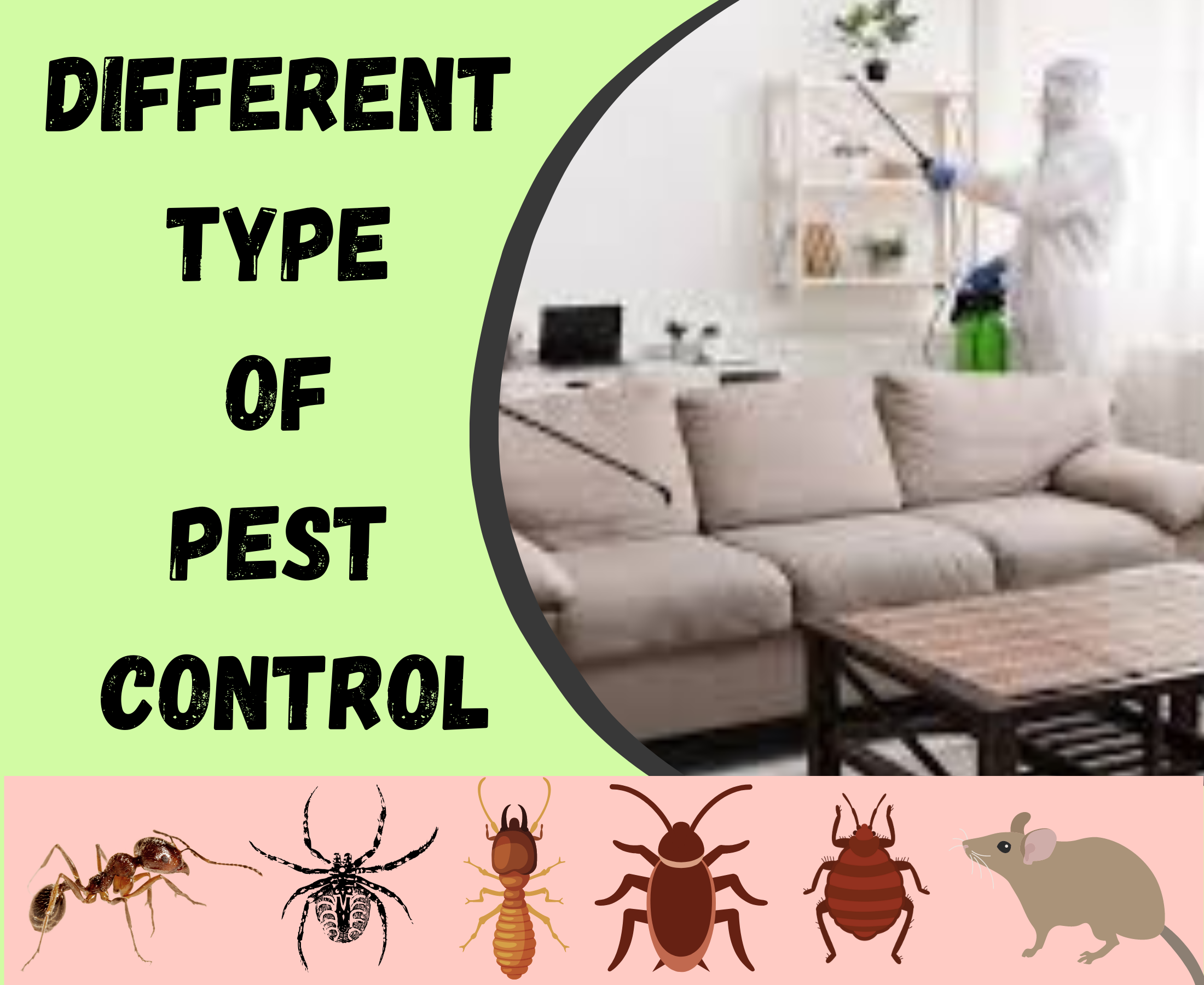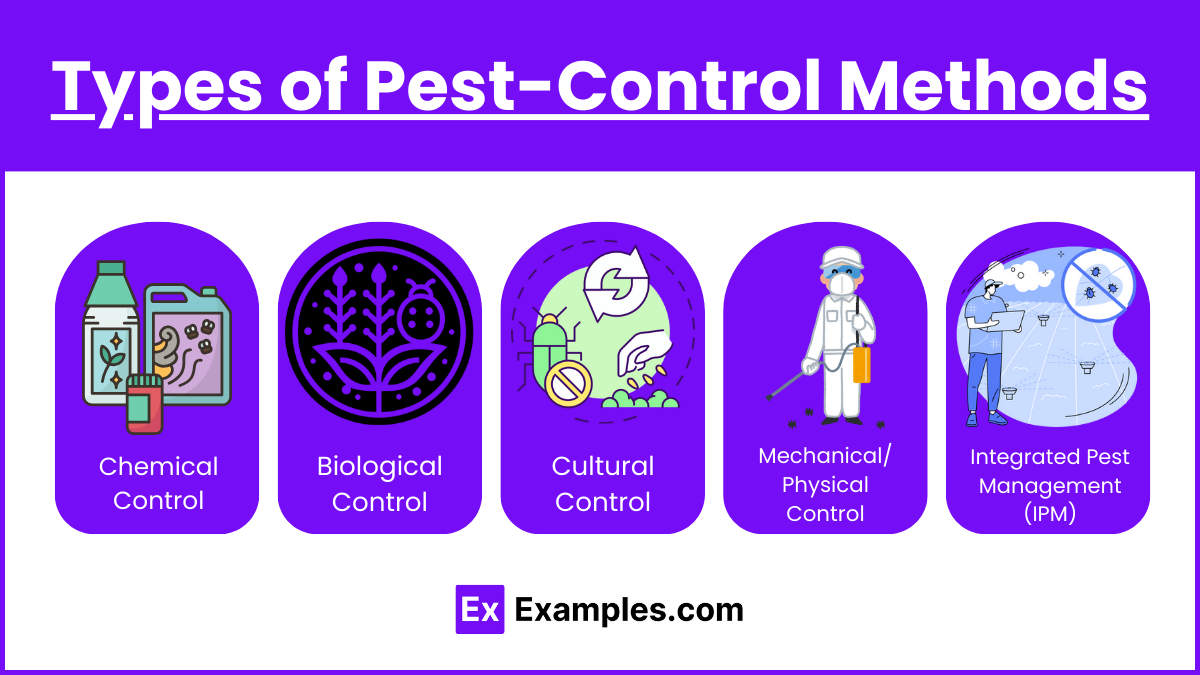Some Ideas on Pest Control You Should Know
Some Ideas on Pest Control You Should Know
Blog Article
The Ultimate Guide To Pest Control
Table of ContentsThe Pest Control DiariesGet This Report about Pest ControlPest Control Things To Know Before You Get This10 Simple Techniques For Pest ControlThe Best Guide To Pest ControlTop Guidelines Of Pest Control
Our searchings for reveal that the first analysis will cost anywhere from $160-$300 on average. Ideally, homeowners need to set up evaluations for their residences at least annually. From there, numerous pest control experts set costs based on the client's certain demands. This normally costs anywhere between $400-$1000 for the entire year's insurance coverage, with regular monthly or bi-monthly visits currently rolled right into the final expense.Depending on the trouble, a work that requires a single see typically sets you back $300 to $550. These are the easiest prices to lay out in your parasite control prices list.
Insects that usually requires recurring sees include: Cockroaches. Crawlers. Termites. Ticks. Rats. Our searchings for show that a first check out is about $180 and is the first of a recurring agreement. The initial see is where you do the checking out that will certainly assist you identify a service. Throughout this very first check out, you need to: Analyze the trouble. Pest Control.
12-month contract. Generally, the frequency of periodic sees is: On a monthly basis: $40 45. Every two months (semi-monthly): $50 60. Every 3 months (quarterly): $100 300. Insect control is a chemically-intensive business. Besides, chemicals are the key materials that pest control men use to finish a job. Typical chemicals consist of: Boric acid.
Pest Control Can Be Fun For Anyone
Essential products and materials you'll make use of consist of: Respirator. Your devices should be included as part of your overhead costs. If you have workers, after that labor costs are going to be the greatest expenditures for your company.
Limitations of Chemical Management Have the ability to examine insect issues, figure out if management is necessary, and make ideal recommendations using IPM techniques. Recognize with various techniques of pest management - their advantages and restrictions. Understand the worth of beneficial insects. It is not possibleor even desirableto rid yards of all parasites.
This chapter talks about (IPM), a strategy that uses understanding concerning bugs and their, techniques, nonchemical approaches, and pesticides to take care of bug problems. Added details about IPM for particular plants is included in phases that focus on those plants. Bugs in a yard or landscape might consist of insects and mites, weeds,, animals, and birds.
The Definitive Guide to Pest Control
Many individuals hurry to pull, hoe, or spray every weed they see. Bugs and weeds, nonetheless, play a role in the. After growing a yard or establishing a lawn, the all-natural process of plant succession starts to restore and nonnative plants. A weed expanding in a grass stands for the very first phase in a sequence of events that, if allowed to continue, can at some point cause a forest.
What we call "insects" are component of an all-natural system at job. Just human beings think about specific types bugs when they happen where they are not desired.
Insects susceptible to a pesticide were promptly eliminated, leaving resistant ones to breed and multiply. It became clear that pesticides alone would certainly not resolve all parasite problems. Rather, overuse of chemicals caused the advancement of resistant insects. Scientists started to develop a brand-new strategy to pest control. This brand-new strategy was referred to as integrated insect monitoring (IPM).
An IPM strategy allows some degree of bugs in the atmosphere. Bugs are much less likely to survive a program that makes use of several methods of decreasing their populations. Integrated pest management was first suggested by entomologists due to the fact that insects were the first team of parasites to show tough to manage with chemicals alone.
Some Of Pest Control

Management as opposed to obliteration of parasites is the objective. An IPM plan starts with a mindful examination of each pest problem. Just after that can one make a decision regarding the ideal techniques necessary to subdue parasite tasks. The life cycle of the pest, possible damages, natural enemies, and results of weather, among various other factors, are thought about before a control plan is executed.
Clover expanding in a lawn might be watched as an unwanted weed, however as a bean it is manufacturing nitrogen for the soil this contact form and the flowers are offering nectar to honey bees and various other. Tolerance for some weeds may belong to an IPM strategy. may be consuming the fallen leaves of a plant, but when they are recognized as the larvae of Eastern tiger swallowtail butterflies, their damage might be endured so we can enjoy the gorgeous butterfly.
Figure 81. Brownish lacewing larva (Hemerobiidae family members). Pest Control. Matt Bertone Prevention is the first device in insect management because it is one of the most reliable, least pricey, a lot of eco-friendly solution. Choosing a healthy plant that flourishes in the wanted area with the readily available light, growing it meticulously, and making sure that it has ample water and nutrients protects against anxiety and lessens bug issues.
The 7-Minute Rule for Pest Control
The 2nd most vital device in insect administration is very early intervention. Reacting to problems swiftly, prior to they have time to multiply, needs a much less remarkable treatment.
Several safe, useful, nonchemical methods of plant security and pest management might lower or get rid of the demand to spray. Other approaches are most helpful when made use of with chemicals. To apply monitoring practices correctly and to decrease losses, garden enthusiasts ought to recognize the sorts of bugs that attack plants and understand pest biology.
Pest monitoring techniques fall into four teams: cultural, mechanical, organic, and chemical. Maintaining plants healthy and balanced and stopping plant tension assists plants to much better withstand helpful site and repair the damages brought on by a bug or mite insect. Some evidence shows that healthy plants stand up to invasion by pests far better than plants with low vitality.
Carrying out a dirt test and using just the advised amount of fertilizer and lime optimizes the advantage to the plant while decreasing issues associated with too much usage of plant food. Treatment the dirt with a number of inches of mulch protects the plant in numerous methods: minimizing dirt water loss to evaporation, lessening weed competitors, providing nutrients, and producing a suitable atmosphere for earthworms and bacteria that keep the soil loose for roots and damage down organic product to release nutrients.
An Unbiased View of Pest Control

If tilling is regarded essential, think about doing it in the fall when the life cycles of many parasites brings them near the surface. At the surface, insects come to be exposed to the climate as well as birds see this website and various other natural opponents.
Report this page